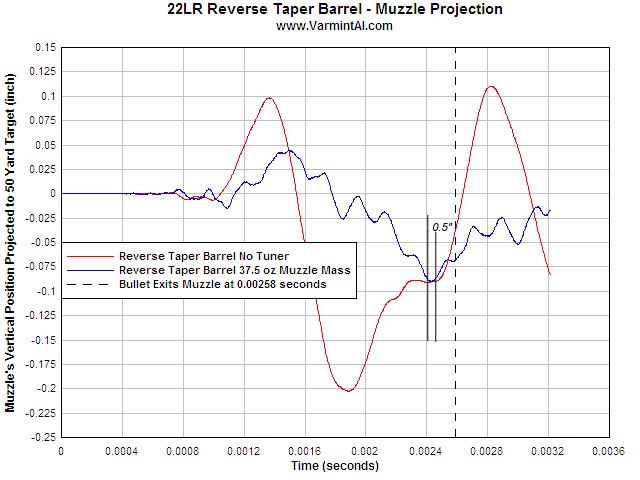I
IndianaJames
Guest
I would like to thank Bill and Al for discussing this in front of all of us. I hope this thread can be used for comments and keep the discussion thread uncluttered.
I would like to know if Al's animations are considering the initial movement of the barrel...the one that counts. Is it modeled on the first rise of the muzzle from rest when the bullet is still in the barrel? Does the bullet leave the muzzle on the first cycle, or does it take the ride for X number of cycles before it exits?
Thanks again, guys!
Jim
I would like to know if Al's animations are considering the initial movement of the barrel...the one that counts. Is it modeled on the first rise of the muzzle from rest when the bullet is still in the barrel? Does the bullet leave the muzzle on the first cycle, or does it take the ride for X number of cycles before it exits?
Thanks again, guys!
Jim



